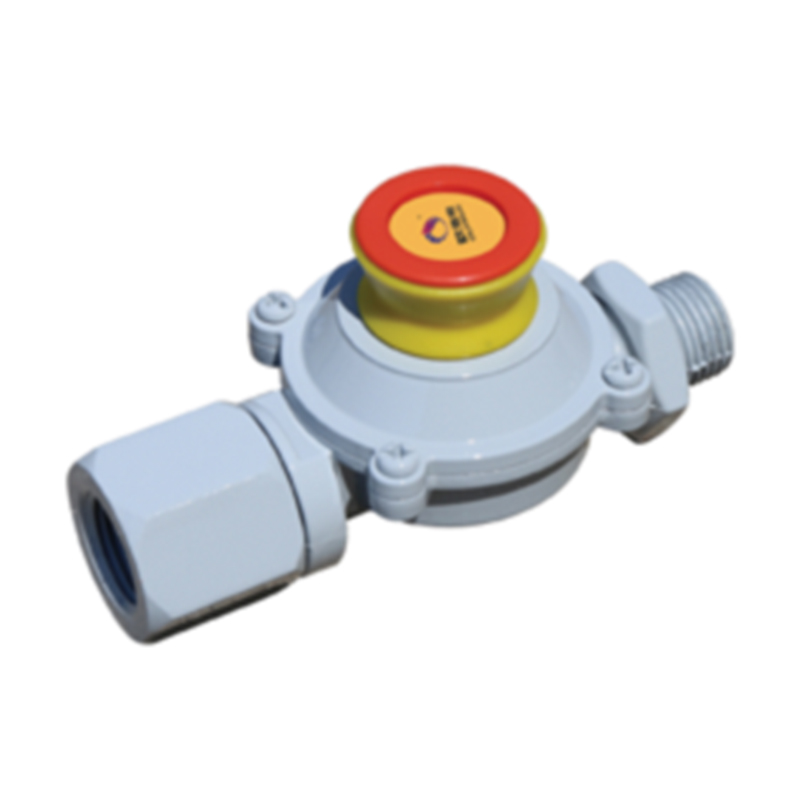
Nov . 06, 2024 07:05
Back to list
Understanding the Importance of Safety Relief Valves in Industrial Applications
Understanding Safety Relief Valves Essential Components for Industrial Safety
Safety relief valves (SRVs) are critical components in various industrial applications, designed to protect equipment and personnel from overpressure conditions. These valves play a crucial role in maintaining safety by automatically relieving excess pressure that may build up in vessels or piping systems. In this article, we will delve into the function, types, applications, and maintenance of safety relief valves.
Function of Safety Relief Valves
The primary function of a safety relief valve is to prevent the pressure within a system from exceeding designated safety limits. When pressure builds up beyond a pre-set level, the valve opens, allowing excess gas or liquid to escape, thus reducing the pressure safely. Once the pressure falls back to a safe level, the valve closes automatically. This process is vital for preventing catastrophic failures, explosions, or other hazardous situations in industrial environments.
Types of Safety Relief Valves
Safety relief valves can be categorized into two main types safety valves and relief valves
. Although both serve the same ultimate purpose of pressure regulation, they operate in slightly different manners.1. Safety Valves Typically used for compressible fluids, such as gases, safety valves are designed to open rapidly and relieve pressure in a single action. They usually reset automatically when the pressure returns to a safe level.
2. Relief Valves Commonly utilized for incompressible fluids, such as liquids, relief valves may have a gradual opening mechanism. They are often used in applications where controlled pressure relief is necessary.
The selection of the appropriate valve type is influenced by the nature of the fluid being controlled and the specific operational requirements of the system.
Applications Across Industries
Safety relief valves are employed in a multitude of industries, including
- Chemical Processing In chemical plants, SRVs protect reactors and storage tanks from pressure surges caused by exothermic reactions or feed material blockages.
safety relief valve

- Oil and Gas In oil refineries and natural gas processing facilities, they ensure that pipelines and storage tanks maintain safe pressure levels, mitigating risks associated with leaks and explosions.
- Power Generation In power plants, safety relief valves are installed on boilers and steam systems to prevent overpressure, ensuring efficient and safe operations.
- Pharmaceuticals In the pharmaceutical industry, maintaining precise pressure levels is crucial for product safety and efficacy; thus, SRVs are used to prevent pressure build-up in reactors and mixing vessels.
Maintenance of Safety Relief Valves
Regular maintenance of safety relief valves is essential for ensuring their reliable operation. Key maintenance practices include
1. Routine Testing Conducting periodic tests to verify that the valve opens and closes at the specified pressure settings is crucial. This involves using calibrated test equipment to simulate pressure conditions.
2. Visual Inspections Regular visual inspections for signs of wear, corrosion, or damage can help identify issues before they lead to valve failure.
3. Cleaning Keeping the valve clean from contaminants, debris, and build-up is essential for preventing sticking or malfunctioning during operation.
4. Documentation and Calibration Maintaining accurate records of valve settings, maintenance activities, and any adjustments made is vital for compliance with safety regulations.
Conclusion
Safety relief valves are indispensable tools in safeguarding industrial processes. By regulating pressure and preventing overpressure scenarios, these valves protect not only the equipment involved but also the lives of personnel working in potentially hazardous environments. Understanding the principles behind their operation, the types available, their applications, and the importance of consistent maintenance can greatly enhance safety measures across various industries. As technological advancements continue to evolve, the capability and reliability of safety relief valves will also improve, further ensuring safety in industrial operations.
Next:
Latest news
-
Safety Valve Spring-Loaded Design Overpressure ProtectionNewsJul.25,2025
-
Precision Voltage Regulator AC5 Accuracy Grade PerformanceNewsJul.25,2025
-
Natural Gas Pressure Regulating Skid Industrial Pipeline ApplicationsNewsJul.25,2025
-
Natural Gas Filter Stainless Steel Mesh Element DesignNewsJul.25,2025
-
Gas Pressure Regulator Valve Direct-Acting Spring-Loaded DesignNewsJul.25,2025
-
Decompression Equipment Multi-Stage Heat Exchange System DesignNewsJul.25,2025

